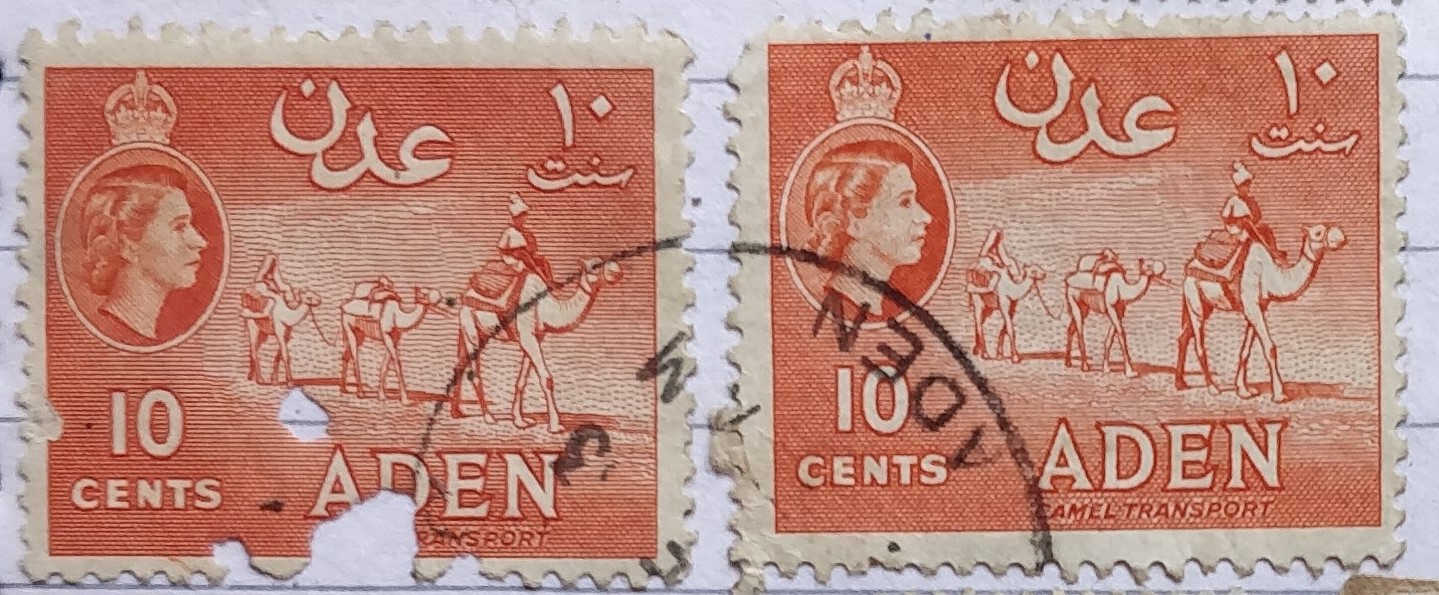
Are these stamps for sale? The answer is, for the moment, no.
The question refers to the DigiClerk Stamp Collection and recent posts on the Facebook site DigiClerk Stamps | Facebook.
They have been scanned, digitised and uploaded to demonstrate how DigiClerk allows stamp collectors to display their collection. Displayed to a selected global audience. The community of stamp collectors.
We intend to develop a number of further features of DigiClerk and one of those will be the ability to trade stamps using an electronic wallet. Members will then be able to indicate that their stamps are for sale. Another feature will involve the use of AI to identify stamps and confirm which set they belong to.
However, we do not want to get ahead of ourselves and invent something that satisfies only us. We need the DigiClerk Stamp Collection to satisfy you and therefore, we seek Founder Members, to fund and steer the development of the DigiClerk Stamp Collection with a once in a lifetime payment.
What is the DigiClerk Stamp Collection?

stamp collection
DigiClerk Stamp Collection is the world’s first online global stamp club. The collection allows Members to share their collections, online, around the world. This frees philately from physical collections and meetings.
Problem
Who gets to see your collection? The answer is probably, only you!
Solution
Upload and explore with The DigiClerk Stamp Collection (DCSC). Give your stamps a much wider audience and share your collection of stamps online with other Members around the world.
With DCSC, you can:
- capture and digitise an image of your stamp(s), using:
- the DCSC app on your smart phone, or
- a digital camera, or
- a scanner.
- upload the image onto the platform, and
- identify and categorise the stamp image. DCSC helps identify the stamp and what set it belongs to (future development), and
- create an accession number for the physical location to help sort and retrieve your physical stamps, and
- publish your stamp collection and share it with fellow enthusiasts, and
- explore others’ collections. DCSC will will also tell you which Members share the same collections and where the missing stamps are that you seek (future development).
- use your electronic wallet to trade stamps with fellow Members (future development).
Philately/ stamp collection definition and history
The study of postage stamps, stamped envelopes, postmarks, postcards, and other materials relating to postal delivery is known as philately.
The term was created in 1864 by a Frenchman, Georges Herpin, who invented it from the Greek philos, “love,” and ateleia, “that which is tax-free”. The postage stamp permitted the letter to come free of charge to the recipient, rendering it untaxed. Who doesn’t like something tax free?!
Books in which to keep stamps were first issued by Justin Lallier in Paris in 1862 and are known as stamp albums.
Join
Join the DCSC Club journey here.

Are these stamps for sale? The answer is, for the moment, no.
The question refers to the DigiClerk Stamp Collection and recent posts on the Facebook site DigiClerk Stamps | Facebook.
They have been scanned, digitised and uploaded to demonstrate how DigiClerk allows stamp collectors to display their collection. Displayed to a selected global audience. The community of stamp collectors.
We intend to develop a number of further features of DigiClerk and one of those will be the ability to trade stamps using an electronic wallet. Members will then be able to indicate that their stamps are for sale. Another feature will involve the use of AI to identify stamps and confirm which set they belong to.
However, we do not want to get ahead of ourselves and invent something that satisfies only us. We need the DigiClerk Stamp Collection to satisfy you and therefore, we seek Founder Members, to fund and steer the development of the DigiClerk Stamp Collection with a once in a lifetime payment.
What is the DigiClerk Stamp Collection?

stamp collection
DigiClerk Stamp Collection is the world’s first online global stamp club. The collection allows Members to share their collections, online, around the world. This frees philately from physical collections and meetings.
Problem
Who gets to see your collection? The answer is probably, only you!
Solution
Upload and explore with The DigiClerk Stamp Collection (DCSC). Give your stamps a much wider audience and share your collection of stamps online with other Members around the world.
With DCSC, you can:
- capture and digitise an image of your stamp(s), using:
- the DCSC app on your smart phone, or
- a digital camera, or
- a scanner.
- upload the image onto the platform, and
- identify and categorise the stamp image. DCSC helps identify the stamp and what set it belongs to (future development), and
- create an accession number for the physical location to help sort and retrieve your physical stamps, and
- publish your stamp collection and share it with fellow enthusiasts, and
- explore others’ collections. DCSC will will also tell you which Members share the same collections and where the missing stamps are that you seek (future development).
- use your electronic wallet to trade stamps with fellow Members (future development).
Philately/ stamp collection definition and history
The study of postage stamps, stamped envelopes, postmarks, postcards, and other materials relating to postal delivery is known as philately.
The term was created in 1864 by a Frenchman, Georges Herpin, who invented it from the Greek philos, “love,” and ateleia, “that which is tax-free”. The postage stamp permitted the letter to come free of charge to the recipient, rendering it untaxed. Who doesn’t like something tax free?!
Books in which to keep stamps were first issued by Justin Lallier in Paris in 1862 and are known as stamp albums.
Join
Join the DCSC Club journey here.

You must be logged in to post a comment.